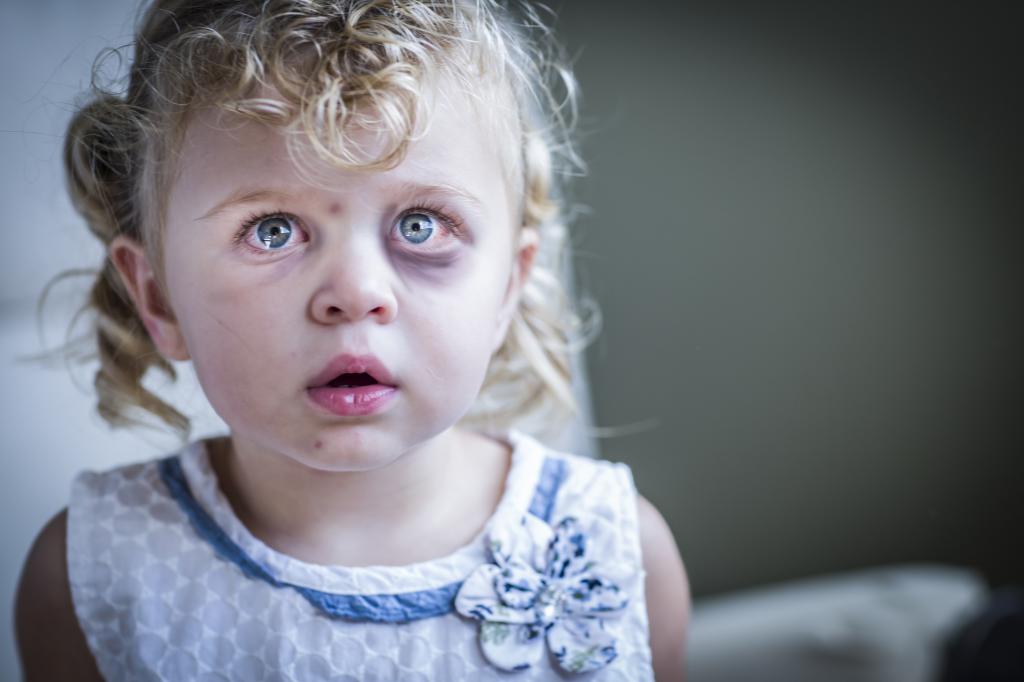One of the main problems of our time is violence against children in the family. The child who has been bullied and beaten has a huge number of psychological problems, has difficulty adapting to society and often adopts the behavior of parents in relation to their own children.
Essence and statistics
Children of different ages in families of different material and social status can be subjected to violence. There are statistical studies by which it is possible to determine which groups of children are at a greater risk zone:
- in 50% of cases, parents who subjected their children to violence were themselves victims in childhood;
- children under 3 years of age are most often abused;
- very often adoptive children become victims;
- at risk are children with mental or physical disabilities.
In 77% of cases, parents of children are the aggressors, in 11% - other close relatives, and in 2% - strangers (nannies, adoptive parents).
According to scientists, although there is no exact data on how many people were abused in childhood, however, every child at least once in a life has experienced violence or humiliation. In Russia, about 49% of children experience domestic violence. About 10% of victims of domestic violence die. In general, one or two deaths occur in one hundred such cases.
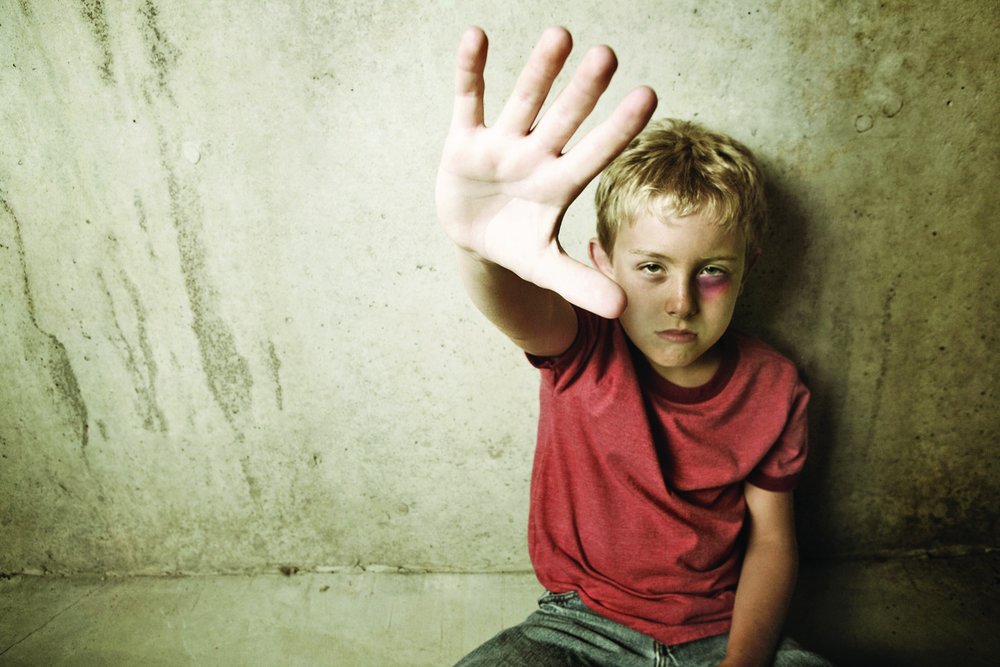
The reasons
It is worth noting that since ancient times people have developed a utilitarian approach to children. The child was previously considered only an appendage to adults, parents could dispose of the baby as they please, educate as they saw fit. In ancient Sparta, sick and ugly children were killed at all. Cruel punishments were often applied in Russia. It was believed that there was nothing shameful in raising a child through physical punishment. Many people have adopted this line of behavior in our time.
We highlight the most common causes of domestic violence against children:
- Stereotypes about parenting that have developed historically. A particularly similar problem can be seen in rural areas, where violent methods of raising children pass from generation to generation and are considered absolutely normal.
- The child disappointed the expectations of his parents, did not live up to his expectations. Often parents “for the good” try to make sure that the child develops comprehensively, and for this purpose they enroll him in all kinds of circles and trainings. If the child does not withstand such loads, he is able to cause aggression in his parents. Moreover, such methods of education often become the main cause of moral and emotional violence, when the child is forced to do what he does not like.
- Low level of culture of the population.
- Psychological abnormalities of parents, alcoholism and drug addiction.
- Unwanted pregnancy.
- Poor behavior of the child himself, attempts to attract attention by wrong actions and provoking parents to aggression.
- The negative experiences of parents who themselves were abused in childhood.
- Economic and social changes in society. Adults tend to throw off their own anxiety, resentment, dissatisfaction with those who are weaker than them.
The following types of violence against children in the family can be distinguished: physical, sexual and emotional, the essence of which we will consider below.
Physical violence
Violence is the act of a person or group of people that can harm another person’s mental, physical and sexual health.Physical abuse - physical harm to a child by his parents or other adults, which can cause health problems, development, or may take the child’s life.
Physical abuse of children in the family includes: beating, torture, suffocation, torture, burns with hot objects or liquids. This also includes promoting the child's use of alcohol, toxic substances, and drugs.
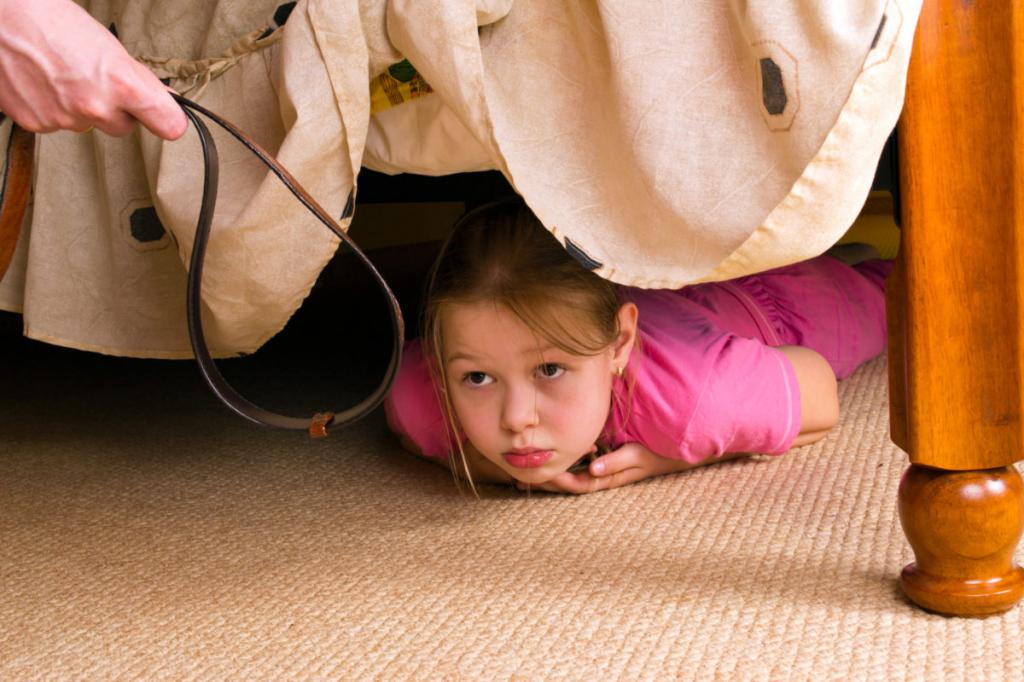
Cruel methods of punishment - spanking, stabbing, slapping the back of the head - are also elements of physical violence.
Physical abuse of a child in the family is widespread in connection with the historically established traditions of raising children. When raising a child, it must be remembered that such methods only harm the psychological and physical condition of the child.
Sexual abuse
Sexual abuse of children in a family is any type of interaction with a child in which:
- Sexual stimulation of the genitals of a child or adult using a child.
- Demonstration of the genital organs to the child.
- Peeping the baby.
- Child molestation and rape.
- Exploitation for the purpose of prostitution or pornography.
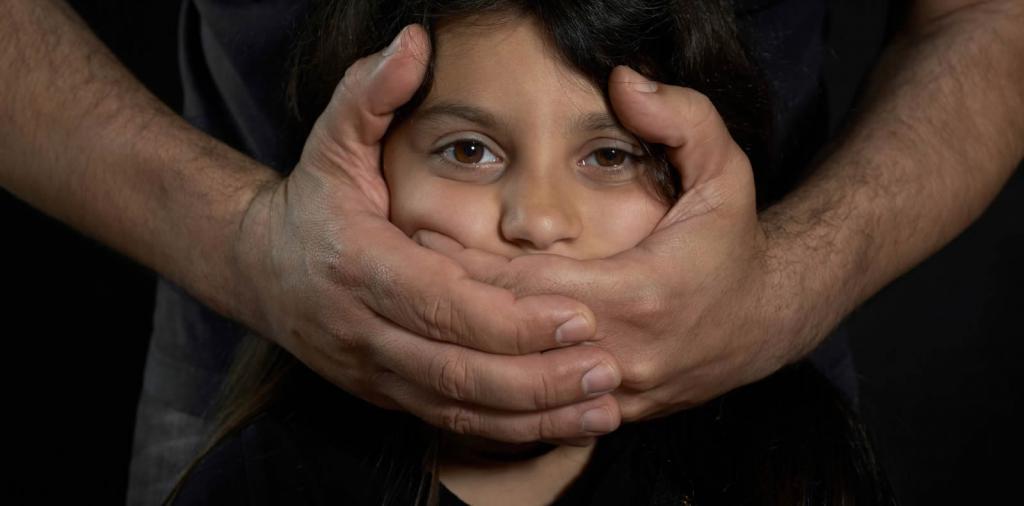
Sexual violence very seriously injures the psyche of the child. For victims of such actions, academic performance drops, they become closed, children have causeless tantrums. The stress experienced in childhood affects the rest of life. Victims of violence live less than other people, they are more prone to mental and physical illnesses, they have problems with socialization.
Emotional abuse
Emotional abuse is an impact that keeps a child in a tense emotional state that can cause mental health problems.
Emotional and psychological abuse of children in the family includes:
- humiliation and insult;
- isolation of the child from society;
- indifference and detachment;
- bullying and threats;
- forcing the child to immoral actions;
- excessive requirements that the child is unable to cope with.
Constant conflicts in the family between parents can cause inhibition of the development of the child.
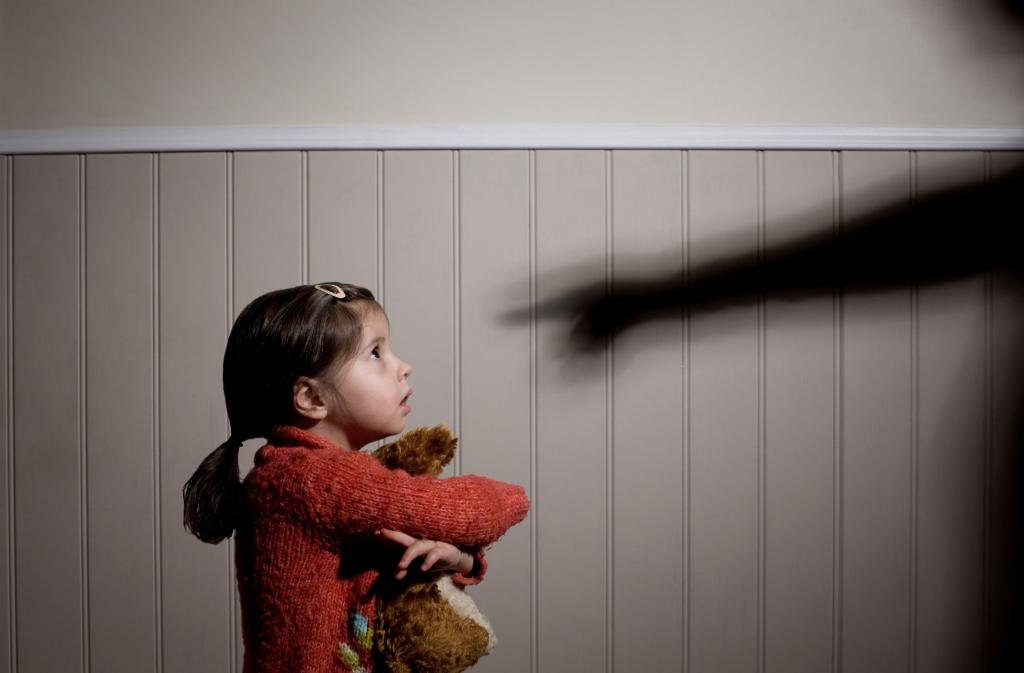
In order to avoid emotional and psychological violence, communication with the child should be based on the principles of mutual respect, tolerance for childhood failures, and lack of indifference when communicating with the child.
Developmental disability
In families where violence against a child flourishes, a lag in his physical and neuropsychic development is noted. It is noted that a negative attitude towards the baby is able to influence him even at the stage of intrauterine development. Unwanted children are often born prematurely, have congenital health problems, and develop more slowly than their peers.
Abused children lag behind their peers in weight and height, they learn worse. Such people often have a sick rumpled appearance: pale skin, circles under the eyes, unkempt hair, wrinkled clothes. These are closed children who may have bad habits. They are difficult to socialize in society, they do not get along with their peers, and they all shy away.
Disease

One of the consequences of violence against children in the family can be various injuries: fractures, bruises, damage to internal organs, burns. As a result, the child may become disabled or lose his life.
The consequences of sexual violence include damage to the genitals, sexually transmitted diseases (AIDS, gonorrhea, syphilis, various infections).
The listed forms of violence are often accompanied by emotional and psychological pressure, which can cause problems with the psyche and nervous system. These children have nervous tics, stuttering.
Weakened by constant stress, the body is susceptible to various infectious and bacterial diseases. Children subjected to violence often suffer from allergies, urinary and fecal incontinence, and respiratory pathologies. In adulthood, they often get cancer.
Mental characteristics of affected children
Children who have experienced domestic violence have serious psychological trauma, which are the result of personal and behavioral characteristics of a person. They are subject to unmotivated outbursts of anger, transfer their own aggression to the younger and the animals. Other children, on the contrary, may be excessively introverted and passive, which causes problems in communicating with peers. Some may try to attract attention with defiant behavior or suicide attempts.

Children affected by sexual violence may have knowledge that is unusual for their age, it is strange to behave with peers. With age, they themselves can become aggressors towards other people sexually.
Subject to depression. They often have low self-esteem, which is why it is difficult for them to succeed in the future.
Problems with socialization
Children who survived violence experience enormous difficulties in social adaptation; it is difficult for them to find a common language with their peers. Often they have problems with alcohol and drugs with which they find sedation. Girls are prone to prostitution, boys have a sexual orientation.
It is difficult for such children to create their own families. Often they transfer the experience to their own children, becoming aggressors. Therefore, the cycle of domestic violence continues from generation to generation.
Methods of struggle
The problem of domestic violence against children extends to all social sectors. Often, only those who care are able to prevent and protect a child. If you find signs of such actions in relation to the child, you must contact social services that will take the family under their control.
In this situation, often parents, like the child, need psychological help. The family is registered, supervised by the social service. In case of repeated violent acts, the child is removed from the family.
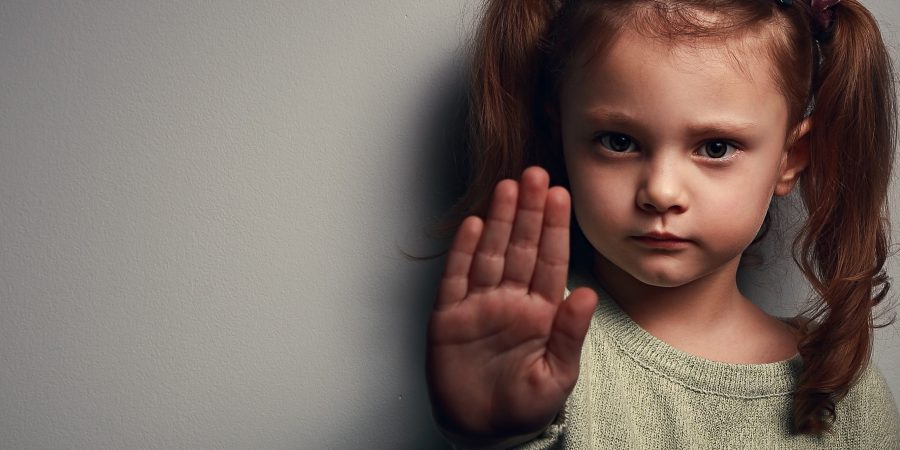
If the child is seriously injured, the parents should be deprived of their rights and, in addition, must bear criminal responsibility for their actions. The normative act by which parents can be deprived of their parental rights for violence against children in the family is Article 69 of the Family Code of the Russian Federation. For inflicting harm to the child’s health, a fine of 40 thousand rubles or correctional labor for up to 6 months is punishable. For torturing a child, a penalty of imprisonment from 3 to 7 years is provided.
Prevention
We list the main ways to prevent violence against children in the family:
- informing the population about the correct upbringing of children, about the administrative and criminal liability that parents can bear for causing harm to the child;
- prompt response to incoming information on domestic violence;
- psychological assistance to children who have experienced violence in order to correct their further behavior;
- rehabilitation centers for troubled families;
- timely assistance to victims of such actions.
It is important to be careful about people around you. Victims of violence often need psychological support from others. Children are most helpless in front of adults, therefore, at the first suspicion of domestic violence against a child, it is urgent to take measures, namely, contact government bodies. The indifference of others can cost a child not only health but also life.
Thus, children are the most vulnerable members of society, and therefore need special protection and care. Violence against children in the family is one of the most traumatic factors that entails problems with physical and mental health, as well as with the social adaptation of the child. It is very important to fix the facts of bullying a child in time and prevent them using social, administrative and criminal tools.
